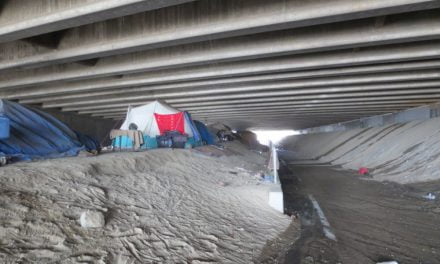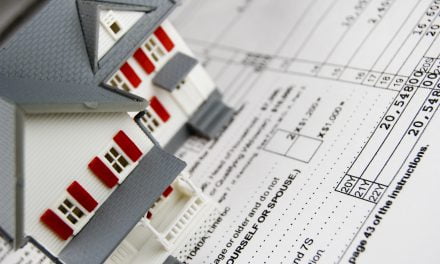Debates over development in Los Angeles have sparked an initiative to update the city’s community plans.
Mayor Eric Garcetti announced earlier this year the city’s intent to revise size and density zoning parameters in all 35 community plans. The New Community Plans (NCP) project is expected to be completed by 2026 to foster construction of additional residential and commercial properties. The city will also be revising its general plan, which has not been updated in over 20 years.
This dramatic expansion requires the hiring of 28 new city planning employees at a cost of $4.2 million per year.
The NCP revisions seek to modify outdated zoning guidelines to:
- integrate land use, infrastructure and transportation improvements;
- create more livable neighborhoods and business districts to provide housing near jobs;
- improve the design of new and existing structures and public spaces; and
- accommodate centralized housing and commercial development, while preserving the unique “character” of existing residential neighborhoods.
City officials have only laid out a very broad vision for the updates, painting a sanguine, promising picture of LA’s upcoming developments, but specific details of the changes remain unclear — likely pending thorough evaluation by the planning department.
However, the mayor has pinpointed the need to focus on infrastructure for expanding public transit — continuing transit construction currently underway — and creating transit oriented districts to accommodate jobs, housing and walkable blocks. The city also expects to develop a regular schedule of updates to ensure community plans remain current.
The updates seem to mark a significant departure from existing community plans, which impose excessively bureaucratic approval procedures that force developers to battle special interest groups and not-in-my-backyard (NIMBY) homeowners for approval of any new construction. In order to get the green light for many of the forward-looking projects, the city council is often required to bend the rules to grant zoning exceptions that allow for increased height and density for certain projects.
This piecemeal and incremental loosening of zoning regulations by way of creating exceptions is an inefficient way to go about facilitating the growth of the city. Further, excessive exceptions are a clear indication that the underlying plan is obsolete and no longer in service of the populace.
Now, those Byzantine rules will get an overhaul to pave the way for much-needed residential (and commercial) development.
Revisions to the community plan trigger both support and outrage
Opponents attack the NCP project as a reaction to an upcoming ballot measure seeking to impose a two-year moratorium on large developments that violate existing plans and zoning restrictions. The ballot itself is a NIMBY reaction to the city’s selective approval of nonconforming developments.
Disapproving residents claim the proposed updates are a veiled effort by the city to pander to greedy developers and welcome in “mega-projects” at the expense of the local community. The backlash is incited by fears of increased crime and traffic congestion resulting from higher-density zoning, as well as a belief that the city council’s focus should be on refurbishing the city’s dilapidated infrastructure, not facilitating the entry of an ever-growing number of residents.
However, those fatigued by the mounting pressure of housing demand and a lack of affordable housing applaud the revisions as a necessary step towards modernizing the city’s plans to meet current market conditions and accommodate a new generation of urban residents.
LA’s population and commercial development have accelerated so rapidly that it can no longer turn a blind eye to the influx of new residents who want to be part of the local community and economy. With demand showing zero signs of stalling, the city is recognizing the need for regulatory changes that will increase the number of residential units, create affordable family housing and concentrate more housing near transit centers.
Though these updates to the community plans are long overdue and expected to take a protracted ten years to complete — which has some deriding the city’s sluggishness — the proposal is a positive and ultimately necessary undertaking for LA’s long-term growth and sustainability.
Despite the fears and criticisms voiced by some existing residents, LA will learn to adapt and overcome challenges necessary to meet the needs of its expanding population when initiatives such as these are adopted. It is perhaps these proposed changes to zoning and community plans that will finally put LA on the path to creating a sustainable urban landscape and housing market, achieving its potential as a lively, innovative city brimming with economic and cultural possibilities.















The root of this problem is that current homeowners bear the costs of development while developers reap the financial benefits. No wonder they can’t agree.
How about auctioning development permits when upzoning is required, giving 100% of the auction proceeds to existing owners? That way the NIMBYs would be compensated for the increased congestion and decreased livability of their neighborhoods. They might start advocating development rather than opposing it!
We all know this will never happen because the primary purpose of the current system is to enrich developers so that they can recycle their profits as political contributions.